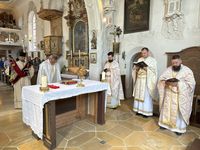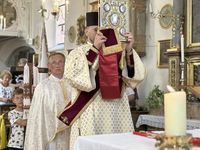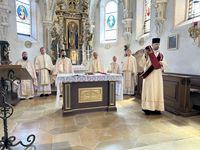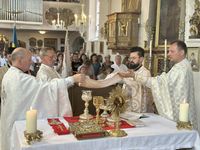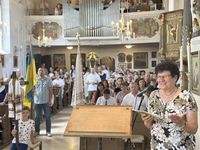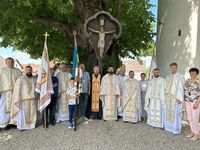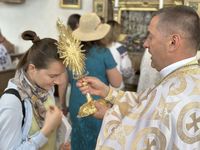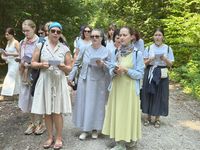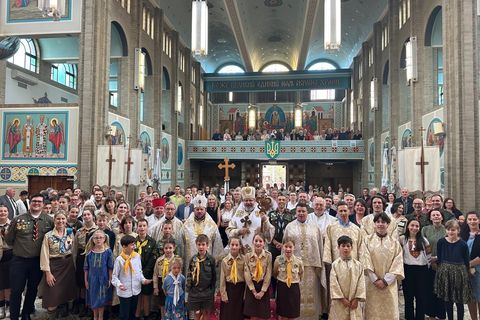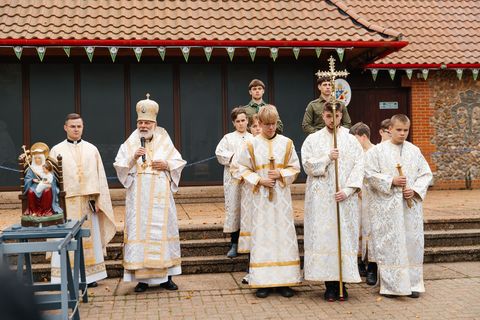Ukrainians in Bavaria Venerated Blessed Edigna
On July 5, Ukrainians living in Bavaria (Germany) took part in the traditional annual pilgrimage to Puch, where the relics of Blessed Edigna—granddaughter of Kyiv Prince Yaroslav the Wise—are kept in St. Sebastian’s Church.
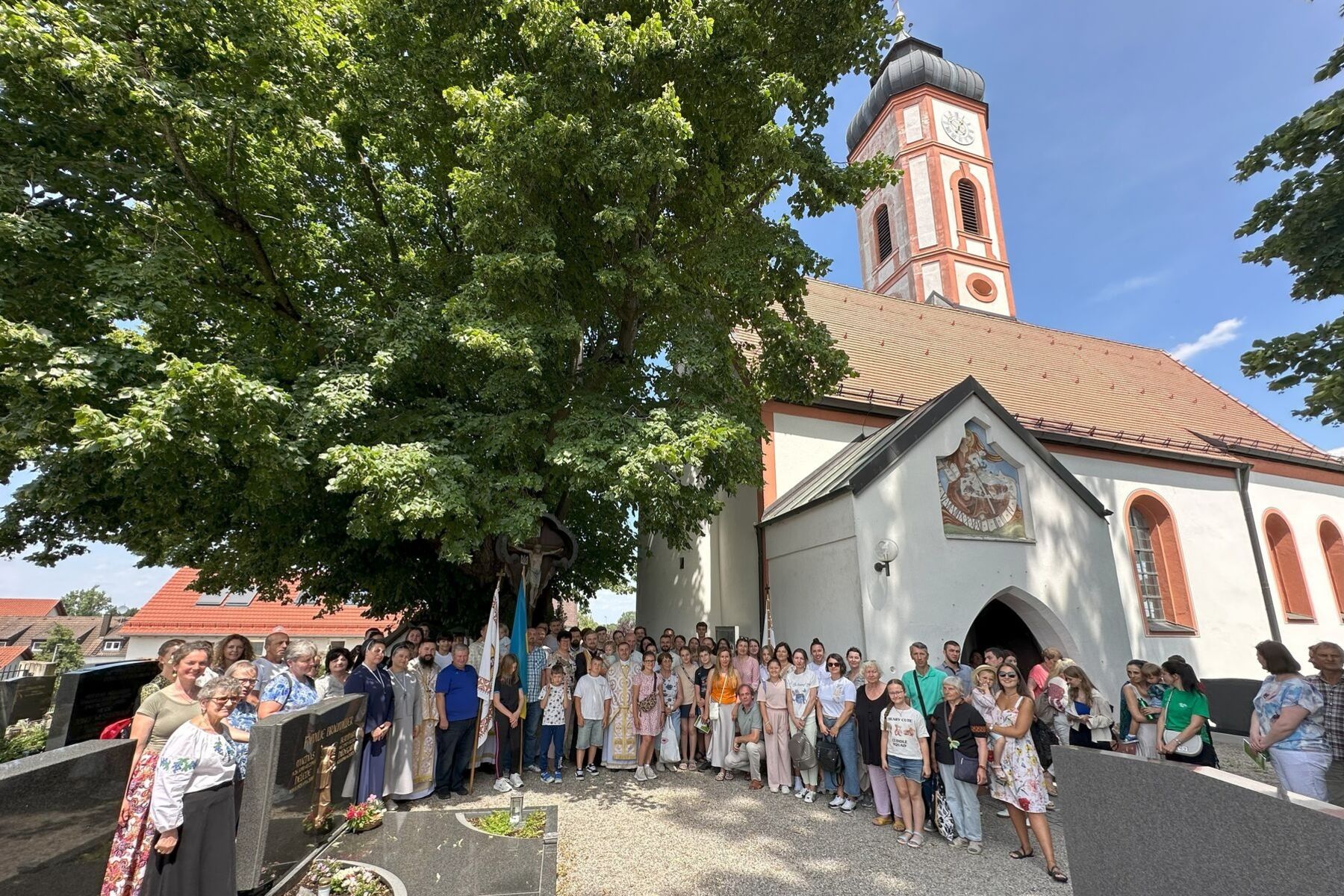
The event was reported by the press service of the Apostolic Exarchate in Germany and Scandinavia.
Led by Fr. Volodymyr Viytovych, administrator of the Cathedral of the Protection of the Holy Mother of God in Munich, numerous pilgrims made the journey on foot to the church in Puch. Along the way, they prayed the rosary, listened to the Word of God accompanied by reflections from the priest, and sang church hymns.
Faithful from Bamberg, Stuttgart, Neu-Ulm, Augsburg, Freiburg, and Landshut also participated in the Divine Liturgy held that day.
After the prayer service, Ms. Edigna Kellerman, head of the Society of Blessed Edigna in Puch, addressed the pilgrims from the Ukrainian communities and thanked them for helping to preserve and promote the veneration of this blessed woman.
Background
Blessed Edigna was the granddaughter of Yaroslav the Wise, Prince of Kyiv, and is venerated in Ukraine, France, and Bavaria. According to legend, in 1074, unwilling to marry a man she did not love, Edigna fled Kyiv. On her journey eastward, she stopped in a Bavarian village, where she lived for 35 years in the hollow of a giant linden tree near the local church. She spent her life praying, healing the sick, and teaching villagers to read and write. Edigna passed away in 1109 and was beatified by the Catholic Church in 1600.
After her death, healing oil is said to have flowed from the linden tree, but it ceased when people tried to sell it for profit. Her relics are preserved in a glass case on the left altar of St. Sebastian’s Church. The first written mention of her dates to 1347, in a document referencing the death of Emperor Ludwig IV near Puch. In 1624, Jesuit Matthäus Rader wrote her biography after examining her remains. The monastery in Fürstenfeldbruck later assumed responsibility for organizing the pilgrimage in her honor.
A 1,000-year-old linden tree near the church cemetery in Puch is traditionally believed to have been Edigna’s shelter. During church renovations in the 1970s, bones discovered beneath the altar were identified as hers.
Every ten years, the town stages the play Edigna to honor her legacy.
In iconography, Blessed Edigna is depicted either in a linden tree or riding an ox cart. She is considered the patron saint of livestock care and a protector against robbery.
The UGCC Department for Information



